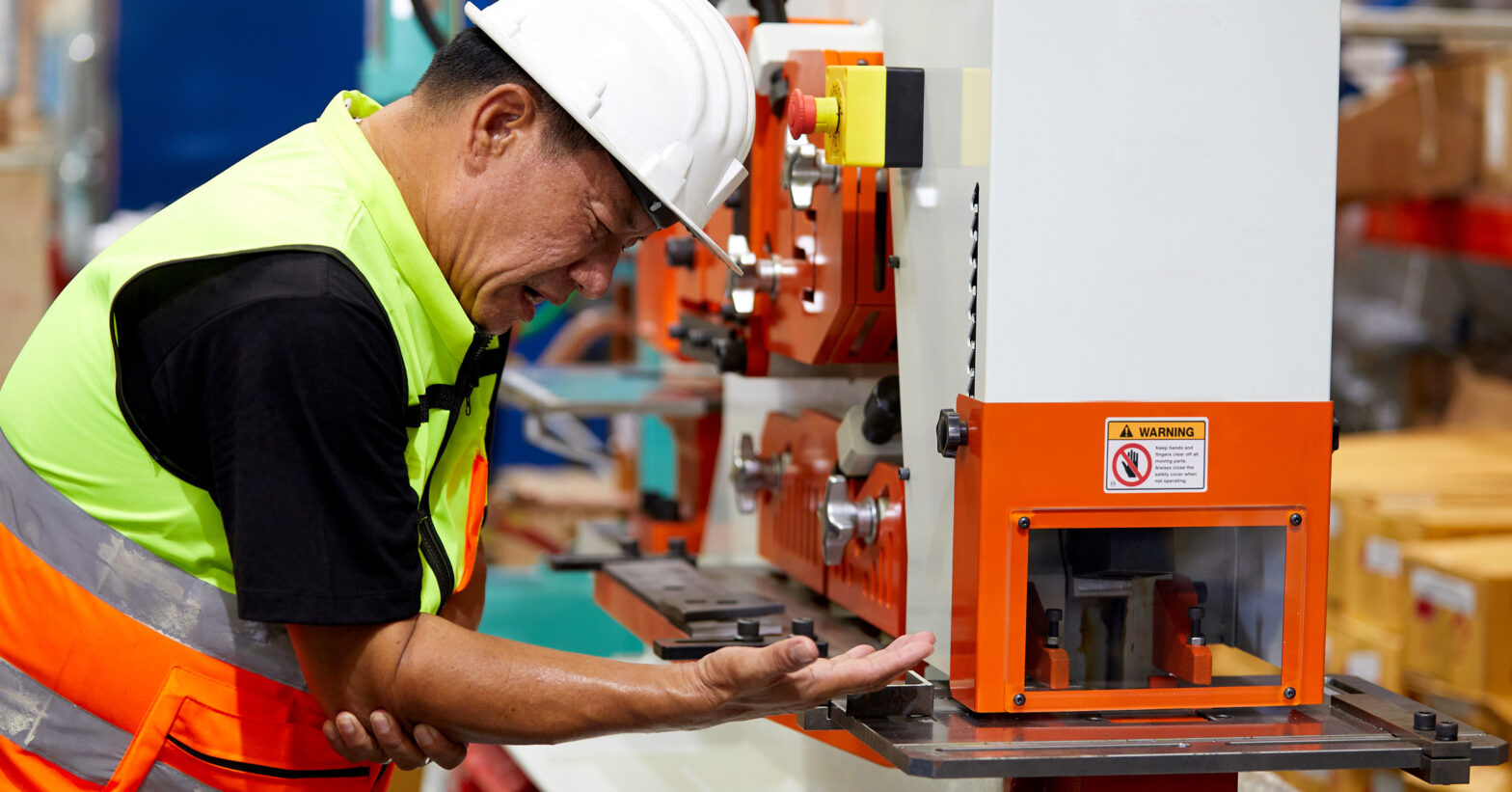
Monday 9th June, 2025
3-5 minute read
Understanding behaviour is the first step towards changing it
We all know the type. The colleague who skips the goggles because it’s “only a quick job.” The seasoned pro who climbs two rungs too high without a harness. The driver who doesn’t bother with a seatbelt for short runs because they’ve “never had an issue.”
These people aren’t reckless. In fact, they often do know better. They’ve been trained, they’ve seen the posters, they’ve attended the toolbox talks. But despite all this, unsafe behaviour persists, and with it, so does the risk of injury, prosecution, or worse.
The truth is, safety breaches in the workplace rarely stem from ignorance. More often, they stem from something much harder to pin down: the invisible forces of human behaviour, perception, and culture.
Familiarity makes risk disappear
When someone has done a job a thousand times without incident, the sense of risk starts to fade. What once felt hazardous becomes routine. This psychological phenomenon, known as risk habituation, is deeply ingrained. Over time, a worker who has never suffered a hand injury may see gloves as optional. A supervisor who’s never seen a serious fall might start to see harnesses as “an accessory,” not a necessity.
This isn’t complacency out of laziness, it’s the human brain adapting. We become desensitised to threats that haven’t materialised. Familiarity tricks us into believing that past outcomes guarantee future safety. But when it comes to workplace hazards, that’s a dangerous illusion.
Why rational warnings often fall flat
Part of the challenge lies in how the human brain perceives risk. We are naturally wired to respond to clear, immediate dangers — a loud bang, a sudden drop, a visible flame. But many workplace risks are invisible, delayed, or statistical. Prolonged exposure to noise, vibration, dust, or strain rarely sets off any internal alarm bells.
That’s why people continue behaviours they know are unsafe. It’s not a lack of knowledge; it’s a disconnect between intellectual understanding and emotional urgency. A warning about long-term respiratory issues may not feel as pressing as the pressure to meet a deadline. We downplay the consequences because we don’t feel them now.
This is amplified by optimism bias — the belief that bad things happen to others, not us. It’s the silent narrative behind every shortcut:
- “I’ve done this before and it was fine.”
- “It won’t happen to me.”
- “Just this once won’t matter.”
These thoughts are natural, but they quietly erode safety.
Culture speaks louder than rules
A site may have all the right policies, training, and equipment; but if the culture promotes speed over safety, or shrugs at shortcuts, none of it sticks. People don’t just respond to procedures. They respond to what’s normalised. They observe what others do, what gets rewarded, what gets ignored, and what gets quietly tolerated.
If a manager rushes through safety briefings or skips PPE in front of the team, that sets the tone far more effectively than any sign on the wall. Culture is not what’s written in a handbook; it’s the unwritten, unspoken “how we do things here.” The danger is that in high-pressure environments, unsafe behaviours can become standard practice simply because they appear efficient or seem harmless. But this slowly erodes the safety climate and makes it far harder for anyone, especially newer employees, to challenge unsafe norms.
Changing behaviour means changing systems
If we want to genuinely shift behaviour, we have to make safe actions the path of least resistance. This starts with designing environments and systems that support the right habits.
- PPE should be comfortable, accessible, and task-appropriate — not something workers want to avoid.
- Safety procedures must fit naturally into workflows, not slow them down or add unnecessary steps.
- Safety reminders should be visible at decision points, like floor markings or equipment tags, to prompt safe choices in the moment.
- Messaging needs to connect with workers’ reality, focusing on real-life consequences and human stories, not just regulations.
We also need to stop thinking of safety as something to “police.” Recognition and reinforcement go a long way. When safe behaviour is praised, not just unsafe behaviour punished, it encourages repetition. And when leadership actively role-models good safety habits, they help shift what the team sees as normal.
Beyond compliance: The Stronghold Global approach
At Stronghold Global, we believe that good safety is not just about providing the right kit; it’s about building the right behaviours. That’s why we go beyond supplying high-quality PPE and site solutions. We work with our clients to understand how safety decisions are really made on the ground, and how those decisions can be influenced, supported, and improved.
Our approach is rooted in behavioural science and real-world understanding. We help you create environments where the safest choice becomes the easiest, most natural one, not a burden or an afterthought.
Because in the end, safety is not just a checklist. It’s a mindset. A culture. A habit.
Final thoughts
When someone says, “I knew better, but…” we need to resist the urge to point fingers. Instead, we should ask: What allowed that unsafe action to feel acceptable in the first place? That’s the real question. And if we’re brave enough to answer it honestly, we can start to build a culture where knowing better always leads to doing better.
Want to build safer habits across your team and a stronger safety culture overall?
Get in touch with our expert team today. Let’s turn understanding into action.
01793 484237
[email protected]
www.strongholdglobal.com
Follow us on social media for the latest workplace safety and compliance updates!




![stronghold global logo[94]](https://www.strongholdglobal.com/wp-content/uploads/2022/03/Stronghold-Global-Logo94.png)




